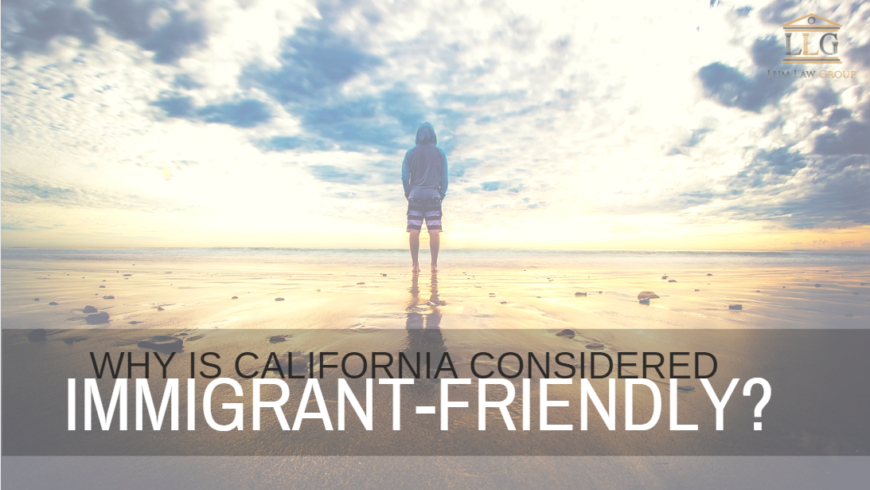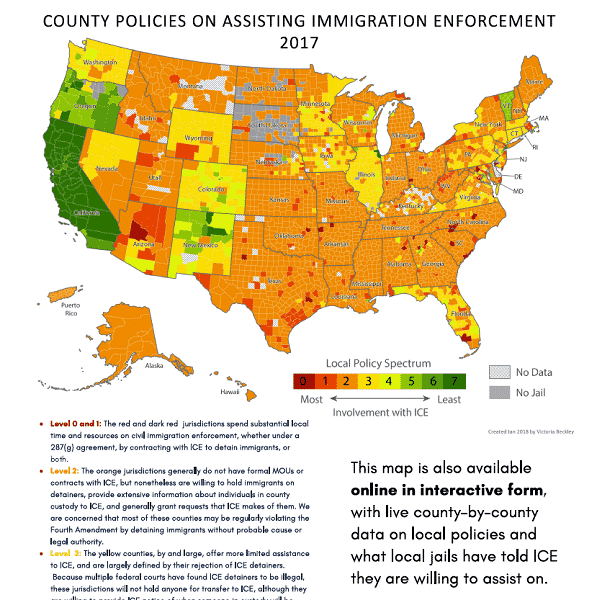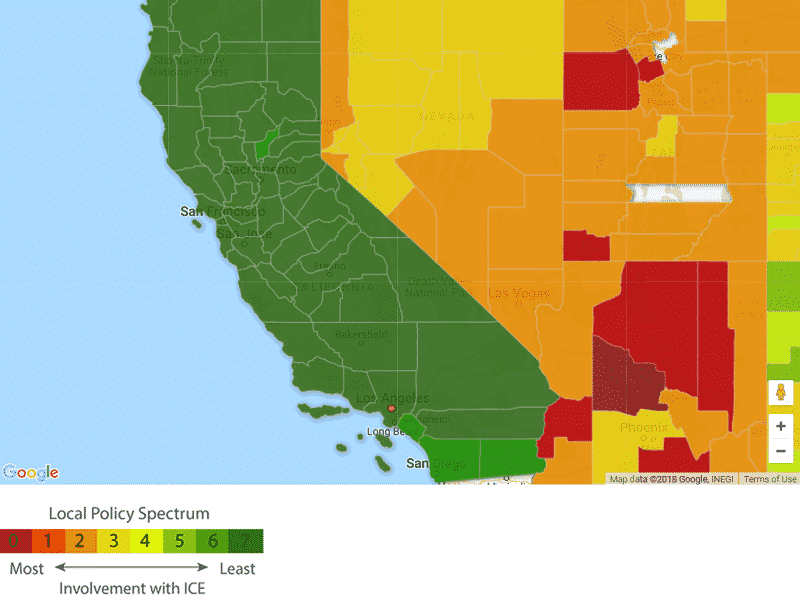Can I be let go because of Coronavirus?
Due to the coronavirus pandemic, companies have lost business, sales have gone down, and profits have plummeted. As a result, many are cutting costs by reducing work hours, or even their workforce. Here in Southern California, we have encountered questions from you regarding job loss, such as:
“Can my company let me go for no reason?”
“Can I be fired because of the coronavirus / COVID-19?”
“Can I fight back if my company lays me off for no reason?”
Also, on March 17th, 2020, Governor Gavin Newsom signed an executive order regarding this issue. If you’re working in California, please continue reading as we explain the ordinary situation, and the current situation.
California is “at will”
Unless you have an employment contract specifying employment terms, such as the length of employment, or specific dates of employment, you are subject to the “at will” employment terms in California state. What “at will” means is that you can be let go at any time, for any reason–or alternatively, no reason at all, at the employer’s will.
Given this, the short answer to all of the questions above is: “yes”. You can be let go, for no reason at all, by your employer due to the coronavirus.
If you do have an employment contract, be sure to see what the terms state regarding breach of contract or early termination.
What is Cal-WARN Act?
If you’re an employer, the executive order signed on March 17th, 2020 will help you. The order modifies the existing Cal-WARN act to cover COVID-19 (coronavirus). California Worker’s Adjustment and Retraining Notification (Cal-WARN) originally applies to California employers with more than 75 employees, including part-timers. Under the act, qualified employers must provide 60-day notice to its employees prior to closing the business operations at the employee’s location, relocating operations to a location more than 100 miles away, or terminating more than 50 employees in a 30-day period.
However, the Cal-WARN act does not cover physical calamities or acts of war, which could be an exception the COVID-19 pandemic falls under.
Violation of the Cal-WARN Act could entitle employees to back pay and cash equivalent to benefits for up to a 60-days or one half of the employee’s employment period (whichever is shorter).
Relief for Employers
The executive order signed by Governor Newsom went into effect on March 4th, 2020, when California officially declared a state of emergency. Most notably, the order suspends the 60-day notification requirement to employers who meet certain requirements, such as:
- Prior to termination, relocation, or mass layoffs, the employer notifies affected employees, Employment Development Department (EDD), the local workforce investment board, and the chief elected official of each city and county government.
- If the employer cannot give 60-day notice, it is required to provide notice as soon as possible, with a brief explanation as to why it cannot adhere to the 60-day requirement.
- The employer is terminating, relocating, or laying off employees due to circumstances caused by COVID-19, that were not reasonably foreseeable.
- If the employer is providing notice after March 17, 2020, the employer must include the following statement in the notice:
“If you have lost your job or been laid off temporarily, you may be eligible for Unemployment Insurance (UI). More information on UY and other resources available for workers is available at labor.ca.gov/coronavirus2019.“
If you have any questions regarding unlawful termination, how to handle mass layoffs, or just questions regarding the legal aspects of covid-19 and how it may affect your employment or employees, contact us today!






